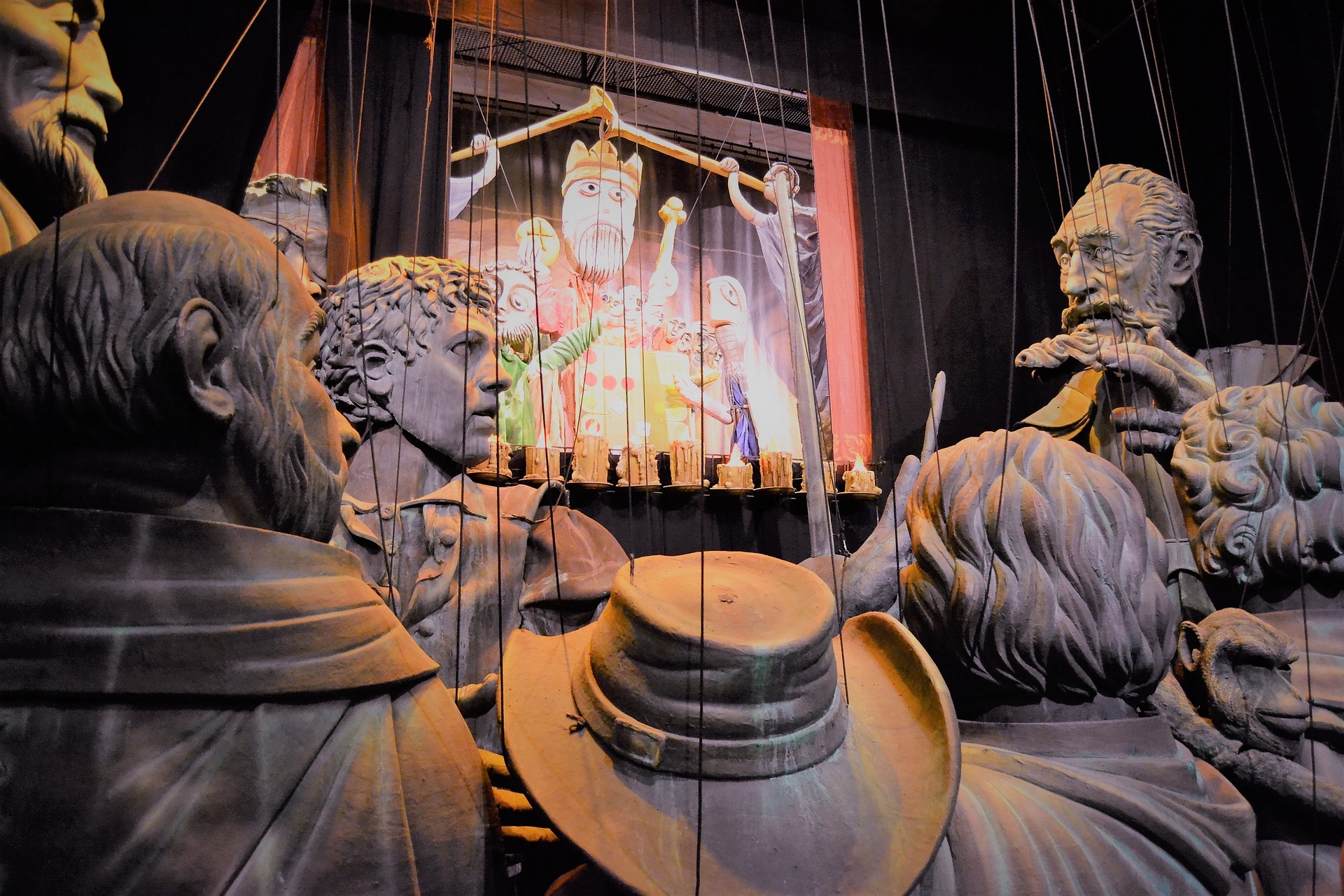Labyrinth of Light: An Examination of Light Installations in Modern Art
Introduction: Step into a world where light shapes the landscape, where art and illumination intertwine. This article delves into the rising trend of light installations in modern art, exploring the unique interplay of color, form, and shadow that these works bring to life.

The Dawn of Light Installations
Art has always been a vessel for human expression, evolving continuously to reflect and shape societal perceptions and attitudes. One of the most recent developments in this ever-changing panorama is the advent of light installations. These installations, dating back to the early 20th century, incorporated light as an integral part of the artwork. It was artists like Dan Flavin and James Turrell, however, who really pioneered this genre in the late 1960s and early 70s, experimenting with the dimensions of space, color, and light.
Illuminating the Present
Today, light installations have gained immense popularity and have become a prominent feature in art exhibitions, music festivals, and public spaces worldwide. Artists like Yayoi Kusama, renowned for her Infinity Mirror Rooms, and Bruce Munro, known for his large-scale light installations, have pushed the boundaries of this art form, creating immersive experiences that captivate audiences. Their works, often characterized by a sense of wonder and exploration, reflect a profound understanding of light’s nuances and complexities.
The Impact and Perception of Light Installations
The growth of light installations is not merely a trend; it represents a shift in how we perceive and interact with art. Unlike traditional art forms confined to canvas or sculpture, light installations create an immersive environment that invites viewers to step into the artwork and experience it first-hand. This approach to art has been widely appreciated by audiences and critics alike, offering a more engaging, interactive experience.
The Significance of Light Installations
Light installations have redefined the concept of art, proving that it can transcend traditional mediums to find new forms of expression. By manipulating light, artists create dynamic, immersive installations that evoke a range of emotions and reactions. Moreover, these installations often touch upon themes of perception, time, and space, provoking viewers to question their understanding of reality.
Future Illuminations
As technology advances, the potential for light installations continues to grow. Artists are now experimenting with digital projections, LED technology, and interactive elements to create ever-more innovative and captivating works. This progression demonstrates the evolution of art in tandem with technological advances, and it’s exciting to consider what the future holds for this vibrant form of artistic expression.
In conclusion, light installations represent a significant development in the arts and entertainment industry. They challenge traditional notions of art, offering immersive, transformative experiences that captivate audiences worldwide. As we move forward, it will be intriguing to see how this art form continues to evolve, casting new light on the limitless potential of human creativity.




